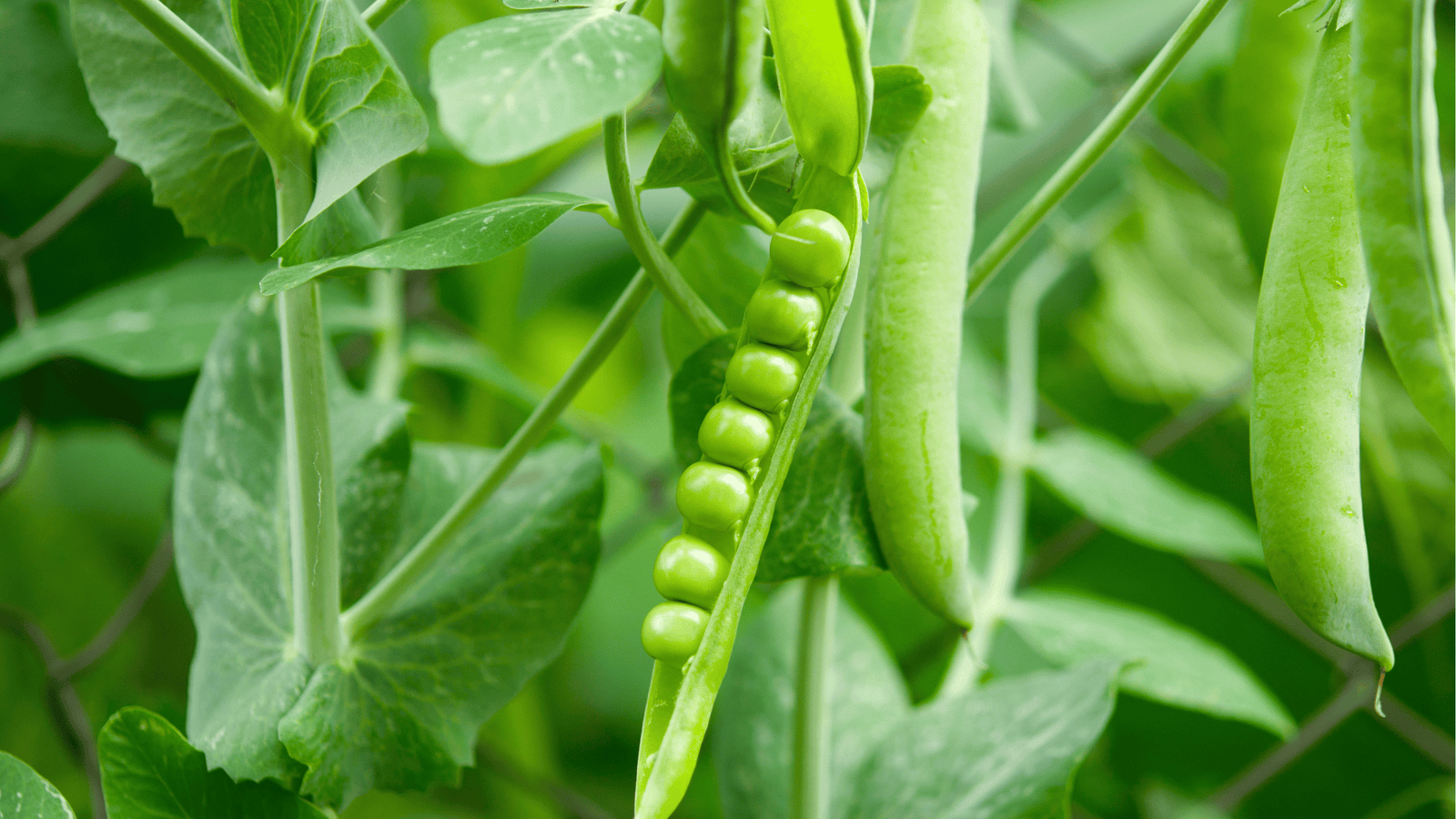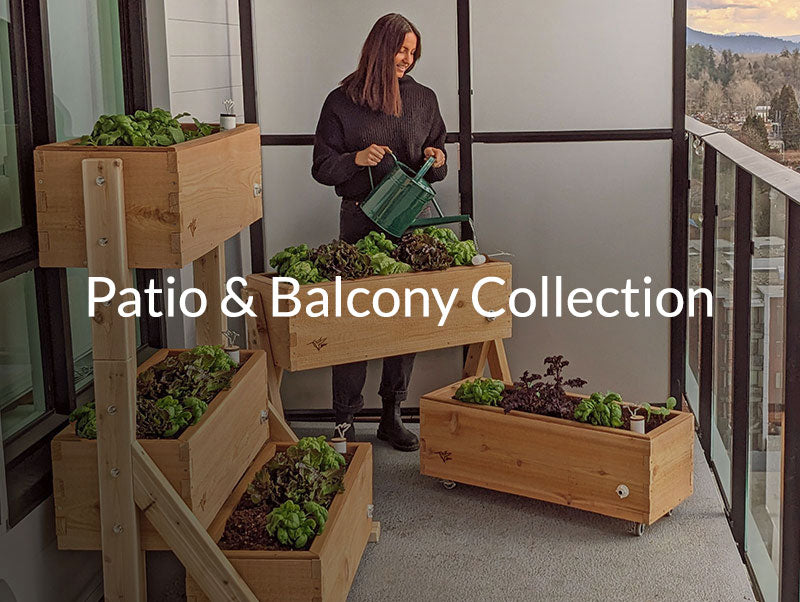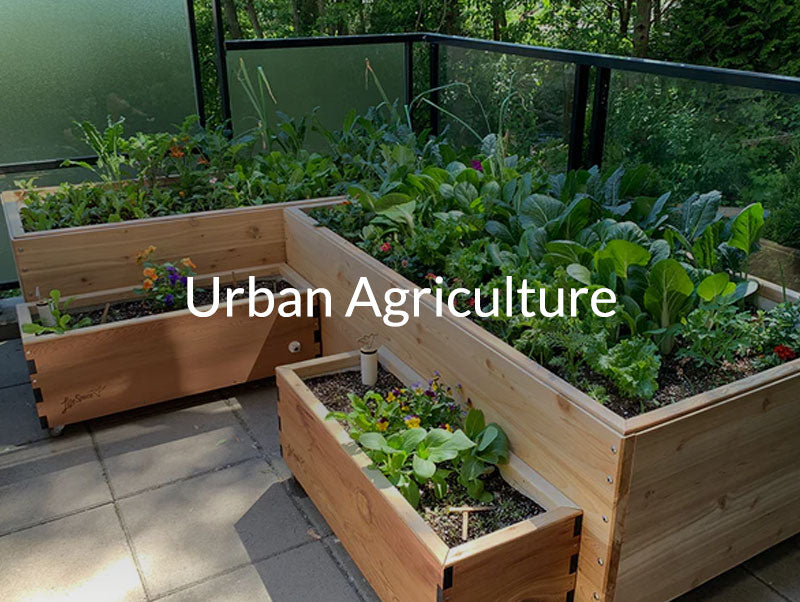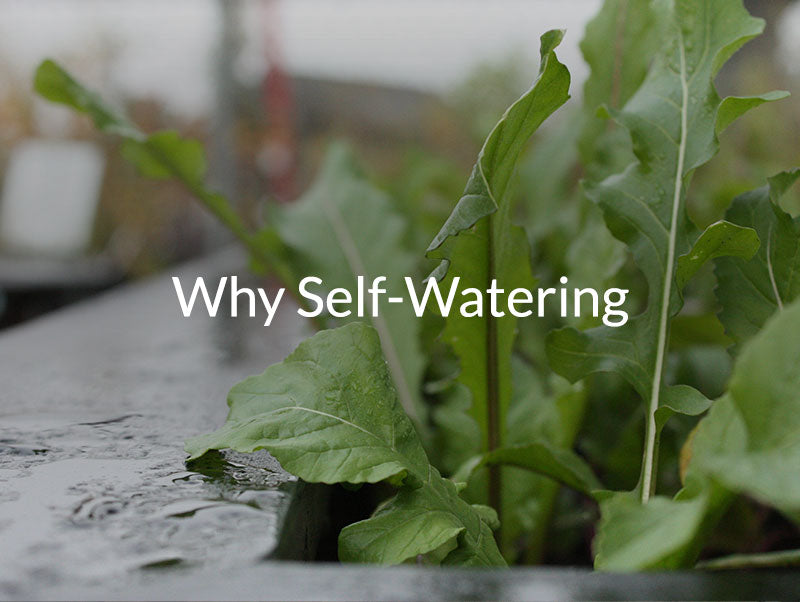Pea Growing Guide🌱: Trellising, Spacing, and Harvesting Tips

Introduction
Peas are one of the first crops to kick off spring gardening. Fast-growing, productive, and delicious, they thrive in SIPs and wicking beds where consistent bottom-up watering supports strong vines and bigger harvests. Whether you’re using a LifeSpace Garden or converting your raised bed with GardenWells inserts, peas are a great early-season crop that enrich the soil for everything that follows.
When to Plant Peas
-
Spring Planting: Sow peas outdoors as soon as the soil is workable, typically March through April. Check our March Gardening Guide for early planting tips.
-
Succession Planting: Continue sowing every 2–3 weeks through May for steady harvests. Visit the May Gardening Guide for succession schedules.
-
Fall Crops: In mild climates, sow again in late August for autumn harvests; see the September Gardening Guide for timing details.
Square Foot Gardening Spacing
-
Spacing: 8 pea plants per sq ft (~4” apart)
-
Depth: Sow seeds 1” deep
-
Companions: Perfect alongside radishes, carrots, and lettuce.
How to Plant Peas
Direct Seeding (Preferred)
-
Sow 2 seeds per hole and thin to the strongest seedling after sprouting.
-
Pre-soak seeds overnight to speed up germination in cool soil.
-
Install supports at planting — trellises, cages, or strings — to keep vines off the soil.
Transplanting (Optional)
-
Start peas indoors in biodegradable plugs 2–3 weeks before last frost for earlier harvests.
-
Transplant carefully to avoid disturbing delicate roots.
Watering Your Peas
Peas prefer even moisture but dislike soggy soil:
-
Use your WaterStem: when the Hummingbird rises, the reservoir’s full; when it drops, refill.
-
Before establishment: Top-water gently for 7–10 days after planting.
-
After establishment: Refill reservoirs every 1–2 weeks depending on weather.
-
Mulch lightly to retain moisture and regulate soil temperature.
-
For early-season SIP watering strategies, see the March Gardening Guide.
Harvesting Peas
-
Timing: Ready 55–70 days after sowing, depending on variety.
-
Snow Peas: Harvest when pods are flat and tender.
-
Snap Peas: Pick when pods swell slightly but remain crisp.
-
Shelling Peas: Wait until pods are plump and full for best sweetness.
-
Frequent harvesting encourages continued production through late spring.
Common Issues & Fixes
| Issue | Likely Cause | Solution |
|---|---|---|
| Yellowing Leaves | Overwatering or poor drainage | Use SIPs or wicking beds for consistent hydration |
| Poor Germination | Cold, soggy soil | Pre-soak seeds and plant into well-draining SIP mixes |
| Aphids | Spring pest pressure | Spray with water or interplant nasturtiums as trap crops |
Companion Plants for Peas
Best companions (with cross-links):
-
Radishes → Quick-growing, loosen soil for pea roots, and double up early spring yields.
-
Carrots → Shallow and deep-rooted synergy, ideal for SIP interplanting.
-
Lettuce → Uses shade from pea vines to stay cool in late spring.
-
Spinach → Great in early-season SIP beds; thrives under pea canopy.
-
Cucumbers → Take over after peas finish; maximizes SIP succession cropping.
Avoid planting with:
-
Onions & Garlic → Can stunt pea growth when planted too closely.
-
Heavy feeders like corn nearby — peas prefer lighter soils without competition.
Layout Tip:
-
Plant 8 peas per sq ft in SIPs or wicking beds.
-
Install vertical supports behind rows to maximize space.
-
Layer shallow greens like spinach or lettuce under trellises for SIP-friendly productivity.
Product Tips
-
Small patios? Grow peas in CondoFarms self-watering planters for compact trellised yields.
-
DIY gardeners? Convert any raised bed into a wicking bed with GardenWells inserts.
-
Scaling up? Build custom self-watering raised beds for vertical trellis-ready pea production.







